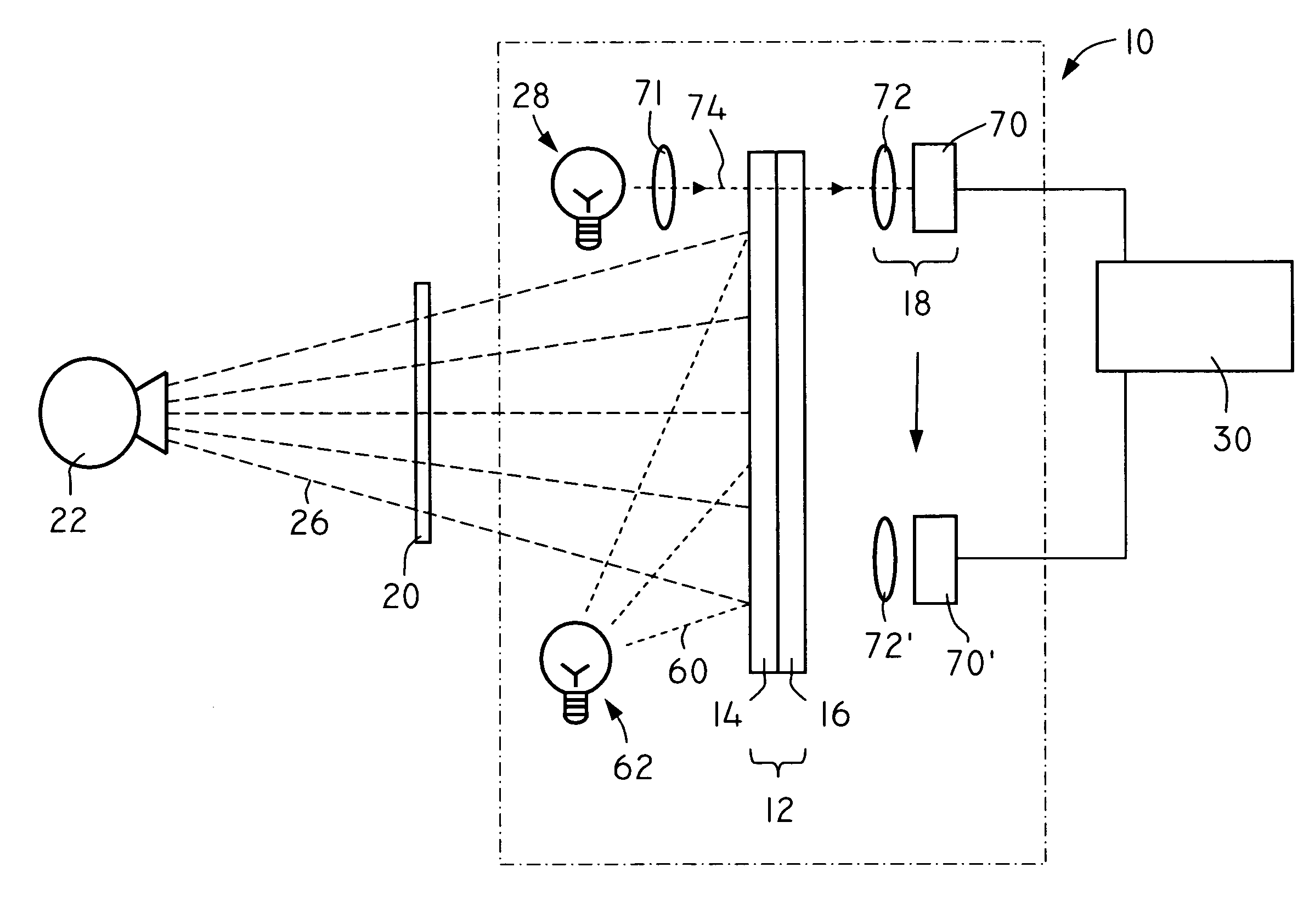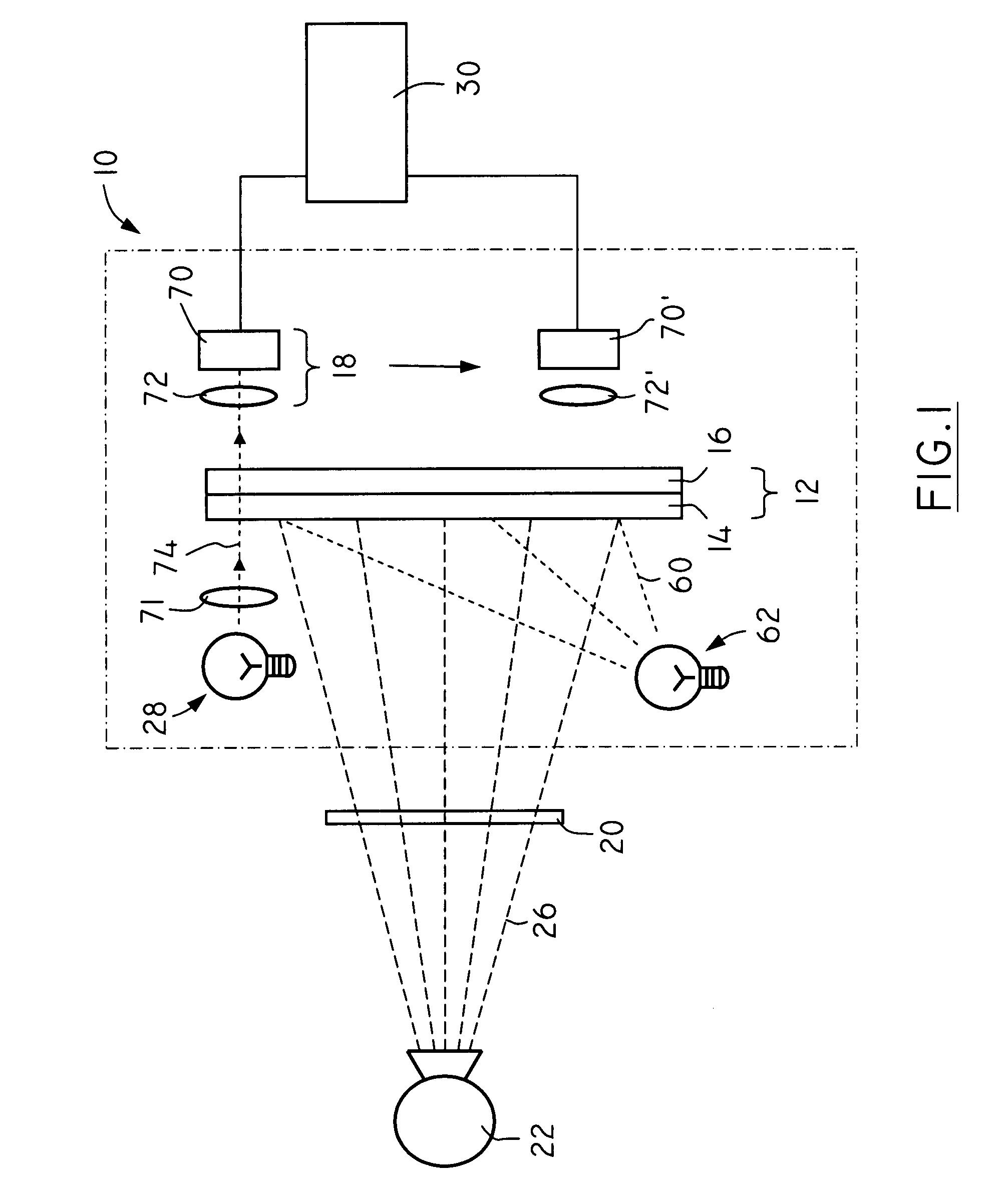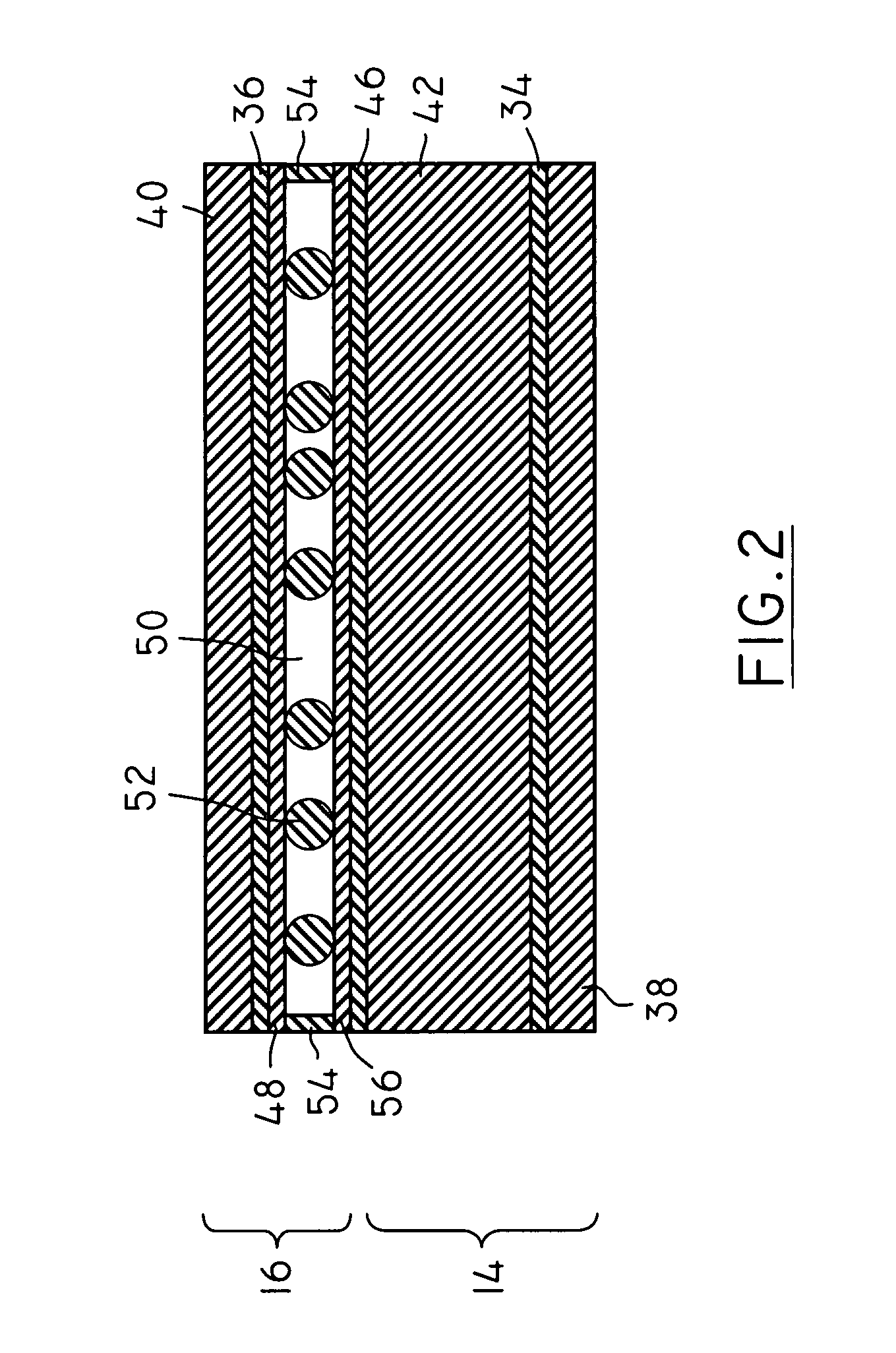X-ray light valve based digital radiographic imaging systems
a digital radiographic imaging and light valve technology, applied in the field of radiographic imaging, can solve the problems of increasing the initial cost of the system, affecting the image quality of the imager,
- Summary
- Abstract
- Description
- Claims
- Application Information
AI Technical Summary
Benefits of technology
Problems solved by technology
Method used
Image
Examples
Embodiment Construction
[0042]The systems described herein are directed, in general, to embodiments of digital radiographic imaging system. Although embodiments of the present invention are disclosed herein, the disclosed embodiments are merely exemplary and it should be understood that the invention relates to many alternative forms, including different shapes and sizes. Furthermore, the Figures are not drawn to scale and some features may be exaggerated or minimized to show details of particular features while related elements may have been eliminated to prevent obscuring novel aspects. Therefore, specific structural and functional details disclosed herein are not to be interpreted as limiting but merely as a basis for the claims and as a representative basis for enabling someone skilled in the art to employ the present invention in a variety of manner. For purposes of instruction and not limitation, the illustrated embodiments are all directed to embodiments of digital radiographic imaging systems.
[0043...
PUM
 Login to View More
Login to View More Abstract
Description
Claims
Application Information
 Login to View More
Login to View More - R&D
- Intellectual Property
- Life Sciences
- Materials
- Tech Scout
- Unparalleled Data Quality
- Higher Quality Content
- 60% Fewer Hallucinations
Browse by: Latest US Patents, China's latest patents, Technical Efficacy Thesaurus, Application Domain, Technology Topic, Popular Technical Reports.
© 2025 PatSnap. All rights reserved.Legal|Privacy policy|Modern Slavery Act Transparency Statement|Sitemap|About US| Contact US: help@patsnap.com



